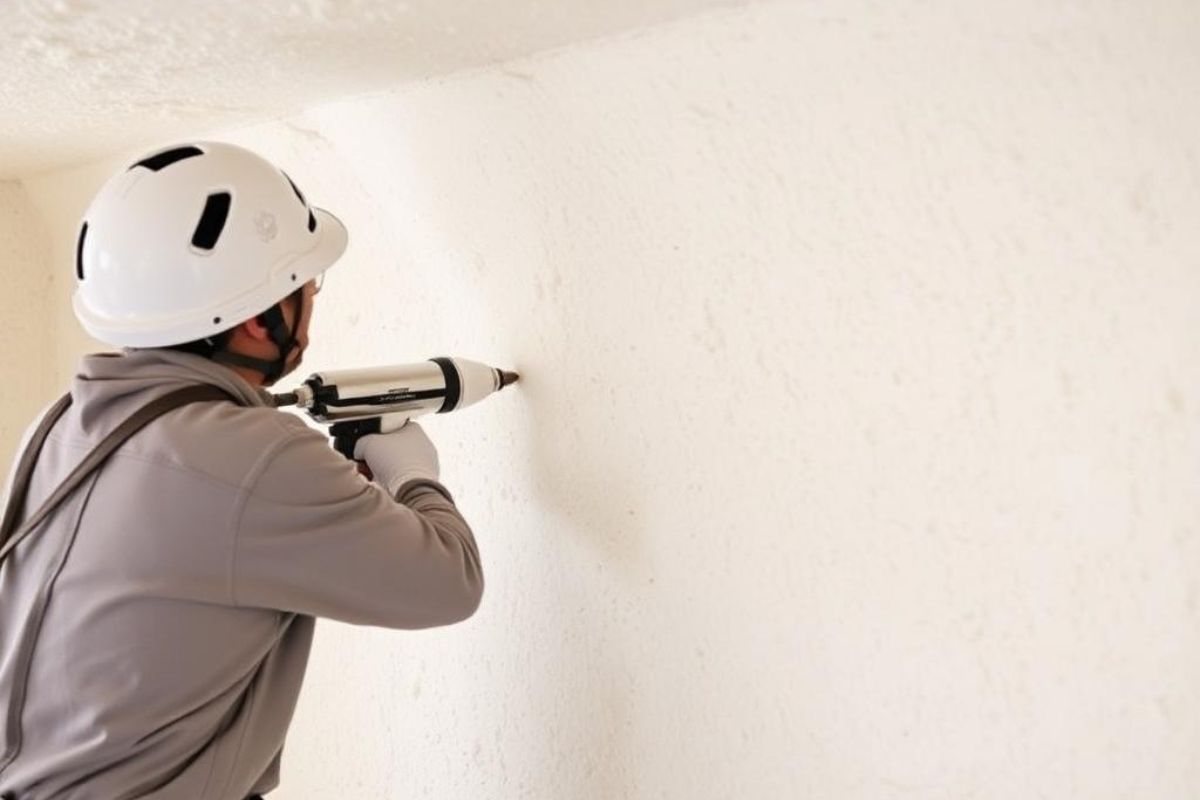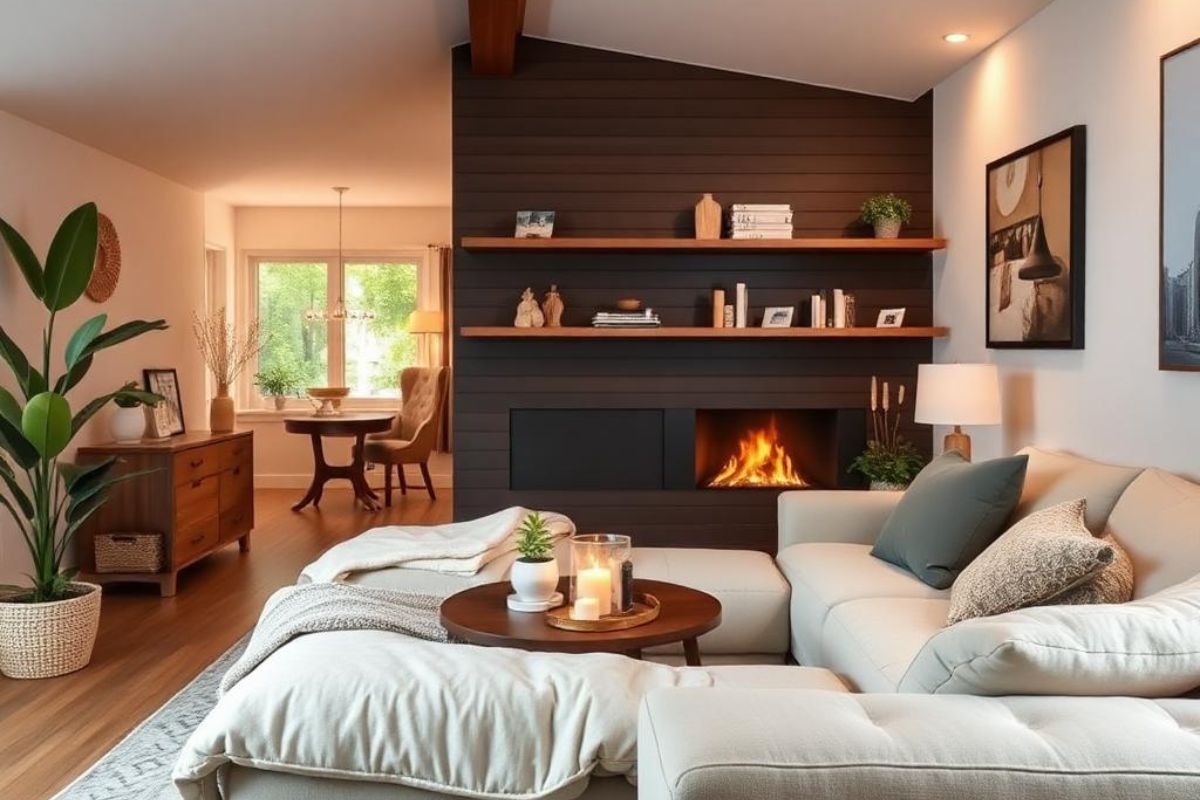Let's create a yard and garden to complement your tiny living without a traditional garden.
Professional Landscaping for Tiny Homes
When it comes to tiny homes, professional landscaping can work wonders. The pros turn small outdoor areas into charming and functional spaces. Expert landscapers design thoughtful layouts that make the most of every inch. They use clever features like vertical gardens and multi-use furniture.
Professionals also help you choose low-maintenance plants and efficient watering systems. They’ll make a plan that fits your lifestyle and the local climate. With a bit of help from the pros, you’ll have a beautiful and practical outdoor space.
Embracing Minimalist Landscaping
When space is at a premium, minimalism is a game-changer for tiny home yards. Focus on simplicity and functionality for outdoor environments that feel open and uncluttered. This approach selects elements that add value without overwhelming your small space.
Less is More
In tiny home landscaping, "less is more" is incredibly effective. Focus on simplicity and choose only the most essential elements. You’ll create a clean and uncluttered outdoor space that feels more spacious.
Opt for streamlined designs and choose features that enhance without crowding. This approach is about maximizing small outdoor spaces. At the same time, it adds tranquility and order to your tiny home landscape.
Choose Multi-Functional Features
Multi-functional items are your best friends in a tiny outdoor space.
- Outdoor storage ottoman.
- Folding outdoor furniture to put away when not in use.
- Planters with built-in benches.
- Vertical gardens with shelves for candles or bug spray.
- Wall-mounted planters.
- Outdoor kitchen island for prepping and storing grill supplies.
These clever additions save space, add charm, and provide function. Choose double-duty features to start maximizing small outdoor spaces.
Vertical Landscape Solutions
When space on the ground is tight, don't worry. Vertical landscapes bring greenery into your tiny home’s outdoor area. Add a splash of nature without sacrificing valuable square footage.
Vertical Gardens and Green Walls
Vertical gardens and green walls add lushness to tiny spaces by staying upright. They turn walls into living features, bringing nature right to your doorstep.
.png)
Choose plants that thrive in vertical setups. Consider succulents or certain ornamental grasses for a drought-resistant and low-maintenance vertical garden. They’re better suited for dry conditions. Plus, they’re a great way to create a stunning focal point.
- Sedum and Echeveria: Succulents are total rockstars when it comes to vertical gardens! They're super chill about not needing water all the time. They're like little water bottles, storing it up in their leaves.
- Blue Fescue: Ornamental grass is like adding a sprinkle of magic to your vertical garden! Its cool texture and pretty colors make it pop. Plus, it's super easy-going about water. So, it's like having a low-maintenance friend hanging out with your other plants!
Maximizing Every Inch with Container Gardens
Container gardens are a brilliant solution for tiny home outdoor spaces. They let you make the most of every inch.
Hanging Planters
Planters add greenery when hung from a pergola, balcony, or even a tree branch. Baskets bring a splash of color and life at eye level. They’re perfect for growing flowers, herbs, or trailing plants. Plus, hanging planters are easy to move around. So you can experiment with different arrangements for the perfect look.
Portable Planters
Moving pots and planters around gives you a dynamic solution that fits your space. Use a small, wheeled base for easy movement. So, you get the benefits of gardening without needing a large plot of land.
Portable planters are also great for experimenting with different plants and arrangements. Use them to create privacy screens or “rooms” on your patio. They provide endless possibilities for customizing tiny home’s outdoor areas.
Herb and Vegetable Gardens in Containers
Grow your herbs and veggies in containers to enjoy fresh, homegrown flavors. Even in a tiny outdoor space, you can grow basil, rosemary, cherry tomatoes, and lettuce. The beauty of container gardening is moving pots around to catch the best sunlight. Or quickly shield them from the weather.
There’s nothing quite like picking fresh ingredients from your own little garden. It’s a simple pleasure that adds a lot of joy to your tiny home living!
Creative Use of Outdoor Structures
Tiny landscapes mean using outdoor structures for functional and inviting areas. Think about adding small decks or patios to extend your living space. They’ll give you a cozy spot to relax or entertain.
Structures like pergolas and arbors provide shade and create outdoor rooms. They also add height and interest, making the space feel larger.
These structures also support climbing plants, adding greenery without using ground space. Outdoor structures can turn even the smallest space into a charming, multi-purpose retreat. It just takes a little creativity.
Smart Lighting Solutions for Tiny Outdoor Spaces
Lighting makes a big difference in how your tiny outdoor space feels. It adds warmth and ambiance without taking up any room. Smart lighting solutions like pathway and step lights ensure safety. Plus, they encourage friends to follow the trail to discover your tiny home paradise.
.png)
String lights and hanging lanterns add a touch of charm. They turn even the smallest patio or balcony into a welcoming retreat after dark. No matter how compact, decks become magical when you brighten them up. Maximizing small outdoor spaces is easy with the right lights.
Conclusion
Creating a fun and functional outdoor space for your tiny home is all about making the most of what you have. Creativity and thoughtful planning make even the smallest areas inviting retreats.
Add vertical gardens, multi-functional furniture, or charming lighting. These ideas turn your outdoor space into a place you’ll love to spend time in. So go ahead and start experimenting. You’ll be amazed at how much you can do with just a little space!






Share: